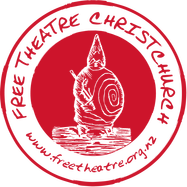|
Tonight, on the first day of spring and the last night of The Black Rider, we have something to celebrate: Free Theatre's birthday in The Gym. On 1 September 2014 we officially began working in The Gym towards our very first Ubu Night on 5 September. Our tenure in The Gym was only to be two years, with the original plan for the space to be a restaurant and for Free Theatre to take up other residence in the Arts Centre. With original collaborators Arts Circus, we pitched the idea of a flexible contemporary performance space to the Arts Centre and set about implementing a light-touch fit-out with support from Christchurch City Council, Rata Foundation and Creative New Zealand. While the support for the fit-out was relatively modest, Stuart Lloyd-Harris designed and implemented an exemplary 'black box' that has allowed for a diversity of events to take place in the Arts Centre, from Free Theatre's central New Works and Education Programme that is designed specifically to exploit and showcase what is possible in this beautiful space, to festivals such as the Christchurch Arts Festival and the Jazz and Blues Festival, as well as a diversity of arts, community, corporate and private events. It is inevitable (especially with limited funding) that there are limitations to the space. However, this also leads to innovative ways of developing new work and unusual experiences for audiences. Over the three years we've been operating, local, national and international artists who don't necessarily know our situation, rave about The Gym, it's ambience and acoustics, it's sense of place in a city struggling to remember, and its inspiration for work of the future. We are proud of what has been achieved and even more so about what is on the cards in the next few years given the collaborations we have initiated thus far. It can be frustrating as we struggle to survive to hear the constant wrangling over big building projects like the proposed performing arts precinct ($45 mil for the Court; $18mil for a 'black box') and other spaces emerging that we are being asked to contribute to as presenters even though we have stated our preferred situation - an inspiring space to develop and present new work. It is not that we wouldn't present elsewhere - obviously this is something we have done a lot over the years - but often the planners and funders look at it from the conventional venue manager's point of view that assumes pre-existing work based around conventional commercial returns. Consider, for example, the vitally important Christchurch Arts Festival, which currently directs its funding towards importing work from elsewhere with little to no support towards fostering local artists - this is a model that desperately needs to change, if we're serious about developing an exciting, engaging city that encourages talent to stay and contribute, and attracts high quality contemporary artists to come here and work with us. Festival directors need to foster artists to take risks towards distinctive new work. Currently, they shape and direct what work is produced with exponentially shrinking ideas of what they think will please their established audience - this breeds mediocrity, at best. As this established audience gets tired of the same old festival fare, visionary new ideas are required to nurture new work that energises established audiences and builds new ones. There are ample examples of great festivals already doing this and others that have transitioned in response to social, economic, political and environmental change. They build their foundations around local artists as well as curating international artists to collaborate with locals. Despite the frustration and fatigue that sets in as we fight endlessly for an artist-led space that has more than proven its value despite chronic underfunding and attempts to dismiss it on the way to big, new shiny venues of yesteryear, we are extremely grateful and inspired by the support we have received. There is the support already mentioned from CCC, CNZ and the ever-consistent Rata Foundation, as well as champions that got us started and have kept us going, including ZNO (Jason Mill), Duncan Cotterill (Paul Calder), Kendons (Lance Edmonds and Kate Bennett) and Steel and Tube. We've developed wonderful friendships with Cassels and Sons and Black Estate Wines and we're pleased to be in a neighbourhood with businesses that include Zen Sushi, The Curator's Deli, Bunsen and our earliest, dearest pioneer friends at Canterbury Cheesemongers and Cookin with Gas/Astro Lounge. There are many others that have supported particular projects (for example Phantom have been incredible with The Black Rider), and of course, there are the audiences, old and new, that come to experience the work, expecting to be challenged with something different, and take the time to let us know that this is valued - this kind of support is valued beyond measure. Most of all, we're driven by the artists that come to work with Free Theatre and an Arts Centre management that supports this work to continue. Christchurch is blessed with remarkable artists across a range of disciplines that continue to produce work that fuels a distinctive New Zealand culture. These are people driven not by money nor fame (if they are, then FT is a terrible choice) but the need to create work that speaks to the time and place - a desire to engage with the community we live in out of a dissatisfaction with the world as it is. Our aim is to keep providing outlets for this dissatisfaction to be expressed in conversation with the community towards hope and change. We know this desire is shared by the Arts Centre who signalled bold aims when they signed us up as the first arts-practice tenancy in 2014 and have continued to make it possible for us to work in this important, vital site that straddles the city's past and future. To everyone at the Arts Centre, and especially the inspirational André Lovatt: we continue to build programmes, collaborations and networks towards new work that supports your aims for the Arts Centre to be a special place for the city. With your support, friendship and partnership, we look forward to the future. Early days and the first Ubu Night
0 Comments
-Why were you interested in the The Black Rider project?
Have loved the music by Tom for ages, I listened to it years ago, and was always interested in the Faust theme. I also wanted to get away from the rigid way music is performed on stage, and try something more dramatic. The fact that it was a Christchurch based project was a massive appeal as most of my work takes me travelling. -Did you have any prior interest in Waits, Burroughs or Wilson’s work? Huge fan of Waits over the years, and enjoyed the influence that Burroughs had on writing as well as his seminal work teaching the Beat poets. -What was your role and how did you approach it? Pegleg the Devil/Ringmaster and also a small role as a haunted painting. I thought a lot about it on my own and also enjoyed following the direction of Peter Falkenberg. It was really great to work with a director. I enjoyed having a different outlook on my performance and it was invaluable to have direction that I believed in. I found it would give me the conviction I needed as it wasn’t my decision whether It was working or not, I could just trust Peter. -Did you introduce anything new to your role or make any obvious changes from the actor who played it in the original Hamburg production? I tried to use the character of William Burroughs as a cue for the way my version of Pegleg spoke; a strange lilting staggering flowing way of talking. I also went against my initial impulse to make him angry mean and loud and tried to play him as quietly as possible. I though this made him more sinister. I watched the Hamburg version to get some solutions aswell to the way he is in certain scenes. -What was it like working with Laban movement techniques? Using Laban was a challenge but also really good as it helped me get out of my usual traps. It’s a great exercise and really starts you thinking differently about movement. -What instruments did you play? Guitar, Singing, Drums, Whistling, Singing Saw, and Banjo. -Describe your costume decisions? A tail coat for some elegance and formal feeling, a corset to make him unnaturally skinny, boots and tight trousers to make his legs and feet look like hooves and animals legs, gloves to make the hands iconic/symbolic, a hat, and make up to give him a birdlike quality. -What was the process creating this different version of the original musical score? We started out just trying what would work with the scenes, and because we were using a lot less musicians we had to make sacrifices. We lost our drummer as well so this meant everyone had a lot to do. I think all these setbacks were in our favour in the end. -How would you describe the music in the production? Atmospheric, Beautiful, Sad, Dark, Minimal, Tense, Loud, Disgusting, Sweet, Horrible, Frightening, Heartbreaking, Rousing, Compelling, Simple and Complex. -How was your experience working as an actor/musician in the theatre different to your previous experiences? I love theatre music because it can be so minimal and do so much. Its very different from performing a show. I sometimes miss the possibility of volume that I have at a live concert. But I always enjoy the way theatre music makes me think about sound very differently. -What was your experience collaborating with others on the project and what were the difficulties and challenges? Working in a group is a real challenge for me. I am naturally impatient, and find the slowness makes me freak out. I also find it challenging to be dependent on other peoples timetables. I enjoyed what happens with a group when it comes to creative input and found we made something as a group that I could never have found on my own. Working with others, overcoming my inhibitions with movement and performing, learning text, doing things the same every time, keeping the focus and intensity of the character for the length of the show. Thursday 31st August - Friday 1st September, 8pm. https://nz.patronbase.com/_FreeTheatre/Productions/1516/Performances In 1994, Falkenberg continued his fruitful collaboration with visual artist Graham Bennett to develop a new interpretation of Oscar Wilde's Salome. The production was praised for its nuanced performances, beautifully playing in and around the striking design, a series of turning iron glass/mirror structures on stage. Neither at things, nor at people should one look. Only in mirrors should one look, for mirrors do but show us masks. The production again involved students from the now firmly established and successful Drama Programme along with Free Theatre stalwarts such as Robin Bond as King Herod. While Free Theatre continued as an independent entity, a professional theatre producing high quality experimental work, its collaboration with the University meant that students were able to work in an environment that allowed them to grow as artists through experimentation and a rare combination (in New Zealand) of theory and practice. This paved the way for the emergence of a new dedicated department at the University, growing out of the extraordinary work of Free Theatre artists over the previous decade. Robin Bond and Peter Falkenberg back stage at the original Free Theatre in the Christchurch Arts Centre.
|
Free Theatre ChChFree Theatre Christchurch. Intermittent blogging. Thoughts. Enjoy. Archives
March 2021
Categories |
- HOME
- ABOUT
- UPCOMING
- EDUCATION
-
ARCHIVE
-
Productions 1979 - present
>
- Babylon Berlin
- Beggars Banquet
- Woyzeck
- The Tempest
- The Axe
- Endgame
- Digitising Performance
- Erewhon: Over the Range
- A Summer Night's Dream
- How Dare You
- A Winter's Tale
-
Ubu Nights
>
-
Past Ubu Nights
>
- Ma Ubu Night
- Ubu Through the Looking Glass
- Ubu in Wonderland Ubu Night
- Frankenstein Ubu Night
- Casablanca Ubu Night
- Faust Ubu Night
- Not Hamlet Ubu Night
- Punk Ubu Night
- The Art of the Deal Ubu Night
- Crossroads Ubu Night
- Ubu Shows Us the Way to Brecht's Whiskey Bar
- The Devil and the Blues Ubu Night
- Bowie Ubu Night
- Warhol Ubu Night
- Berlin Kabarette
- Beat Ubu Night
- Twin Peaks Ubu Night
- David Lynch Ubu Night
- Kafka Ubu Night
- Tango Ubu Night
- Ubu Ubu Night
- Lovecraft Ubu Night
-
Past Ubu Nights
>
- Ars Acustica
- Alice
- The Black Rider
- Frankenstein
- The Mauricio Kagel Project
- Te Puna Toi 2015: Footprints/Tapuwae
- Kafka's Amerika
- The Soldier's Tale
- Canterbury Tales
- I Sing the Body Electric
- Hereafter
- Passion, Pulse and Power
- The Earthquake in Chile
- Doctor Faustus
- The Marvellous Corricks >
- Distraction Camp
- Remake
- Ella and Susn
- Free Theatre - 25 years and counting...
- Faust Chroma
- Enigma Emmy Goering/Nico Sphinx of Ice
- Faust Feast
- Diana Down Under
- Philoctetes >
- Fantasia
- Christmas Shopping
- Grimm's Sleeping Beauty
- Achternbusch in the Antipodes
- Caucasian Chalk Circle
- Samson Airline
- Kabarett Kabul
- Footprints/Tapuwae
- Last Days of Mankind
- Medea
- Bakkhai / Diotek
- Krapp's Last Tape
- Murderer Hope of Women / The Philosopher's Stone
- Comrade Savage
- Love on a Bicycle
- Resolution Island
- Songs for the Judges
- Crusoe
- Oedipus Rex/Oedipus at Colonus
- States of Shock
- Empire Builders
- Yes
- Power
- Robinson Crusoe: Or I THat Was Born To Be My Own Destroyer
- Newsbites
- Dumped in Space
- MedeaMaterial
- Salome
- Electra
- Sphinx and Strawmen
- The Girl Who Sings Waterfalls
- Hamletmachine
- Oresteia
- A Respectable Wedding
- Bitter Tears of Petra von Kant
- Double Act and Postponeless
- Cloudkiwiland
- Preversions
- G.O.P. Helpomatic
- The Mortal Pleasure of Wander Lust
- Red Cross & Takeaway
- Lulu Earth Spirit
- The Meeting
- Action / Tongues
- Cowboy Mouth
- The Rise and Fall of the City of Mahagonny
- A Letter from L
- Dinosaurs and All the Rubbish / The Hunting of the Snark
- The Ride Across Lake Constance
- Electra
- In Three Minds
- The Rapist Over Suzannah
- 1984: The Future Is Now
- Leonce and Lena
- Kabernette
- The Joffongract
- My Foot, My Tutor
- King Lear
- King Ubu
- Jazz Cellar Dada / Heavy Metal Cabaret
- Kabarett
- Black Cat Cabaret
- The Gas Heart/Ox on the Roof/The Mirror Wardrobe One Fine Evening
- Round Dance
- Woyzeck
- Make-up Ground down / Texts for Decomposition
- Court Case: Arts Centre vs Free Theatre
- Image Gallery 1979 - present
- TV3 Clips
- Selected Reviews
-
Productions 1979 - present
>
- Te Puna Toi
- SUPPORT
- BLOG

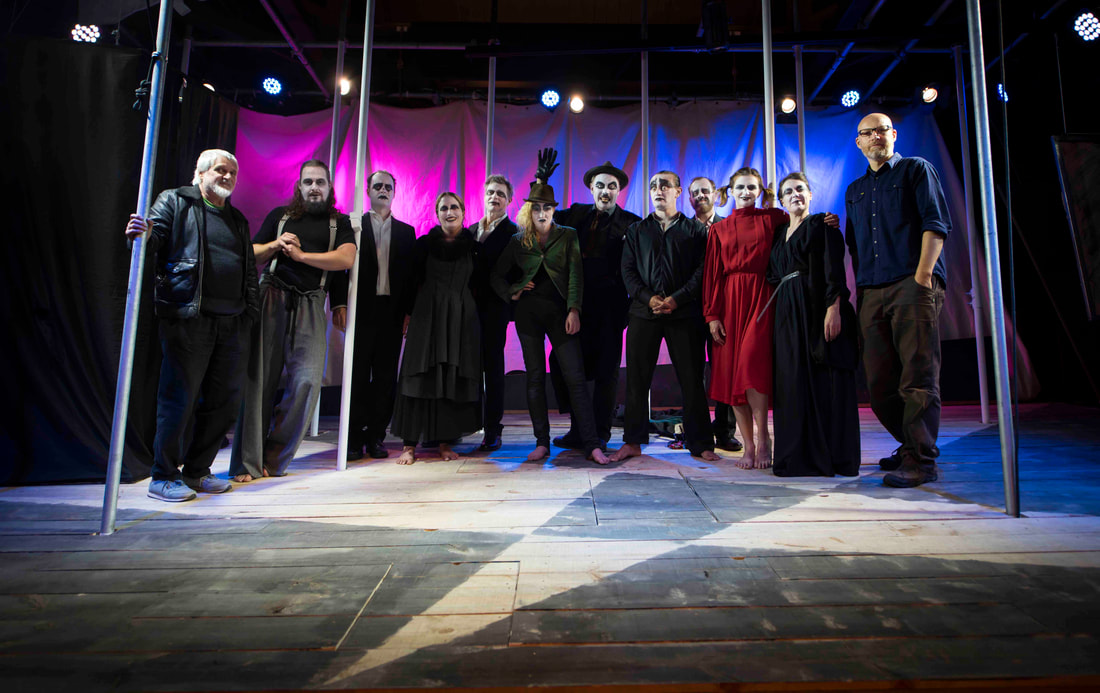
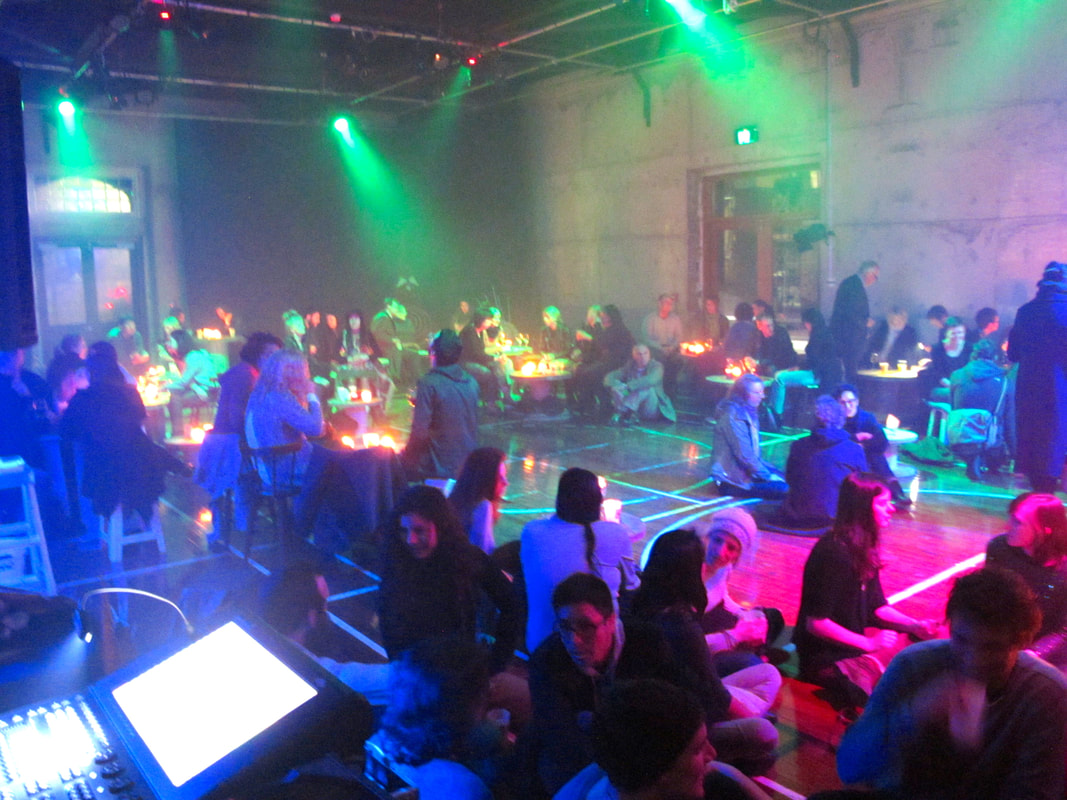
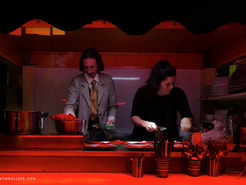
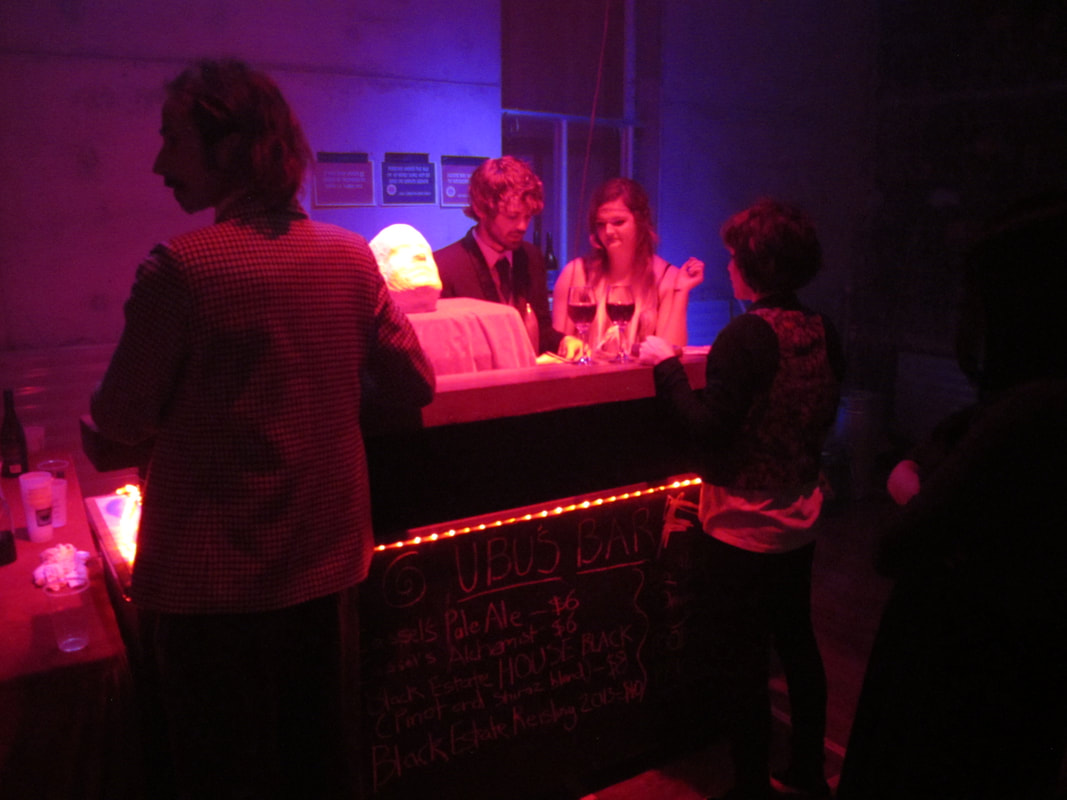
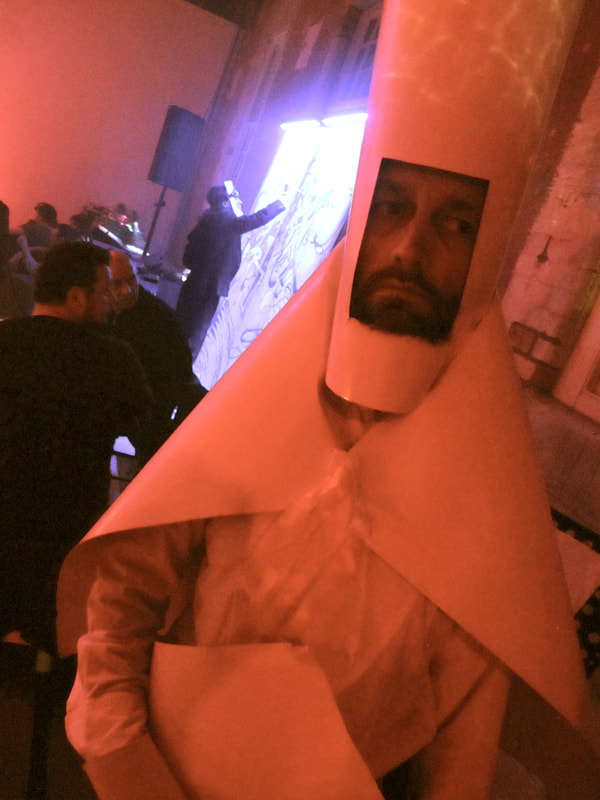
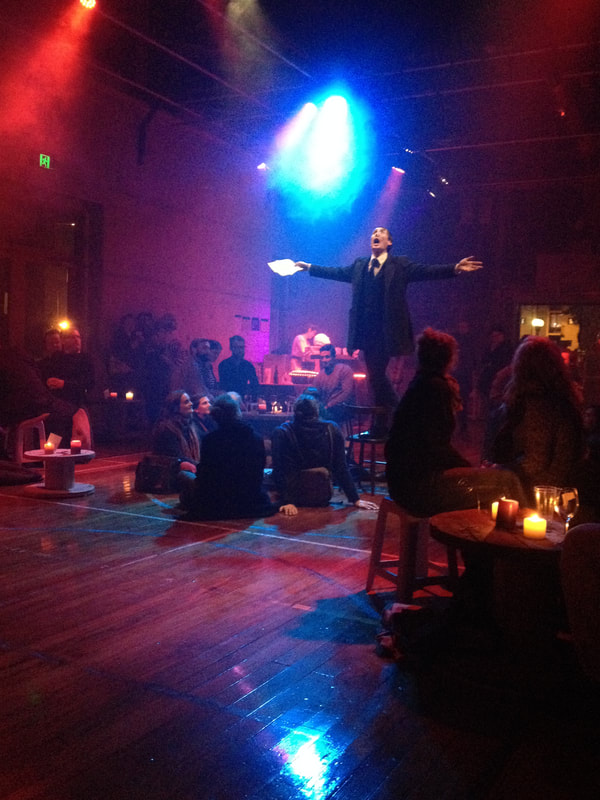
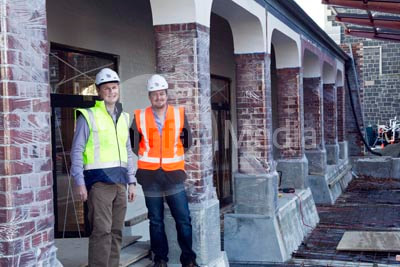
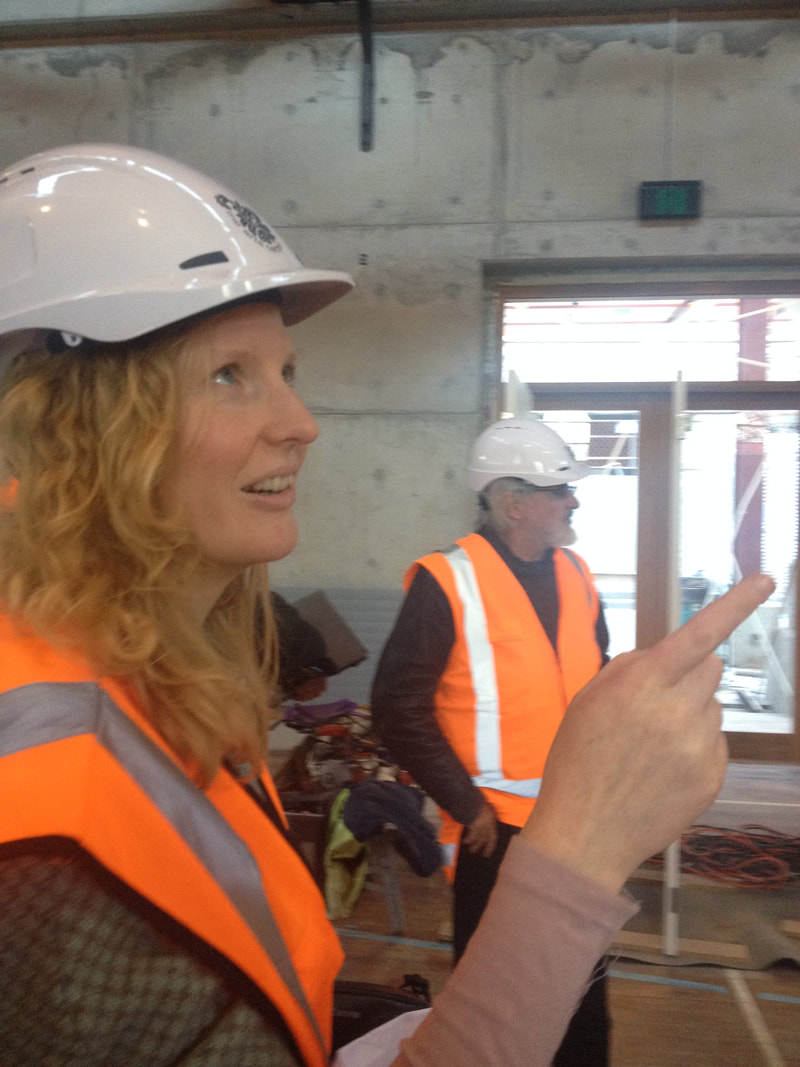
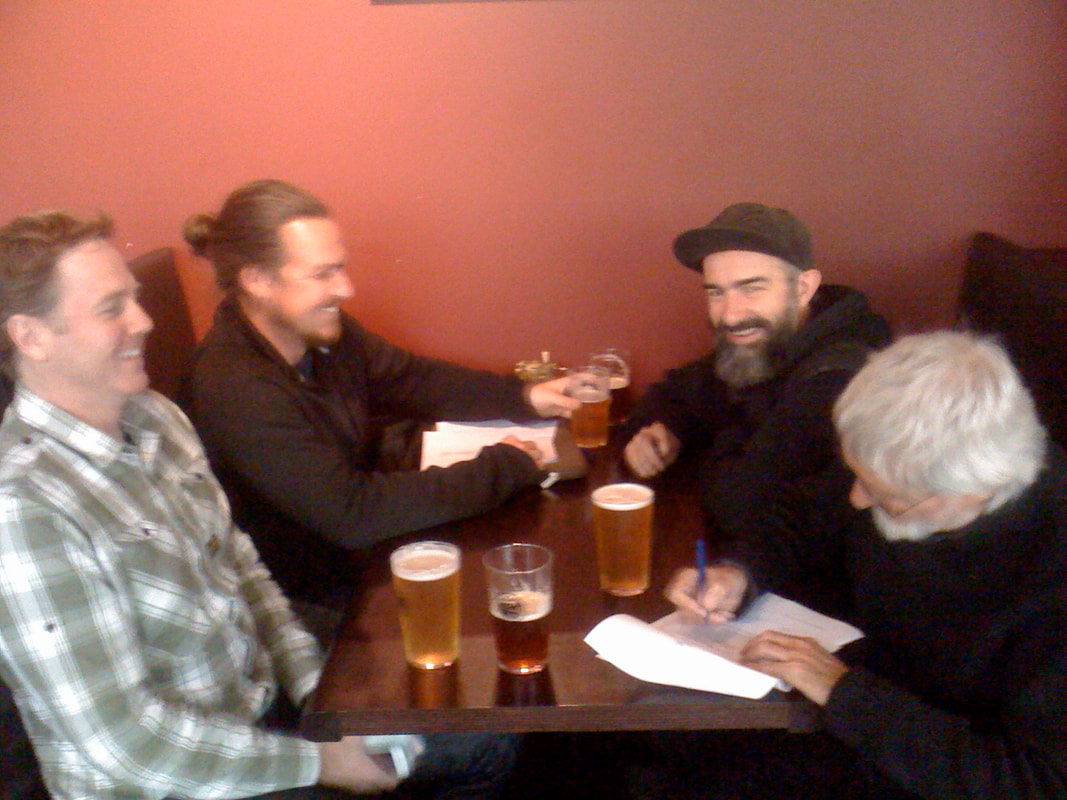
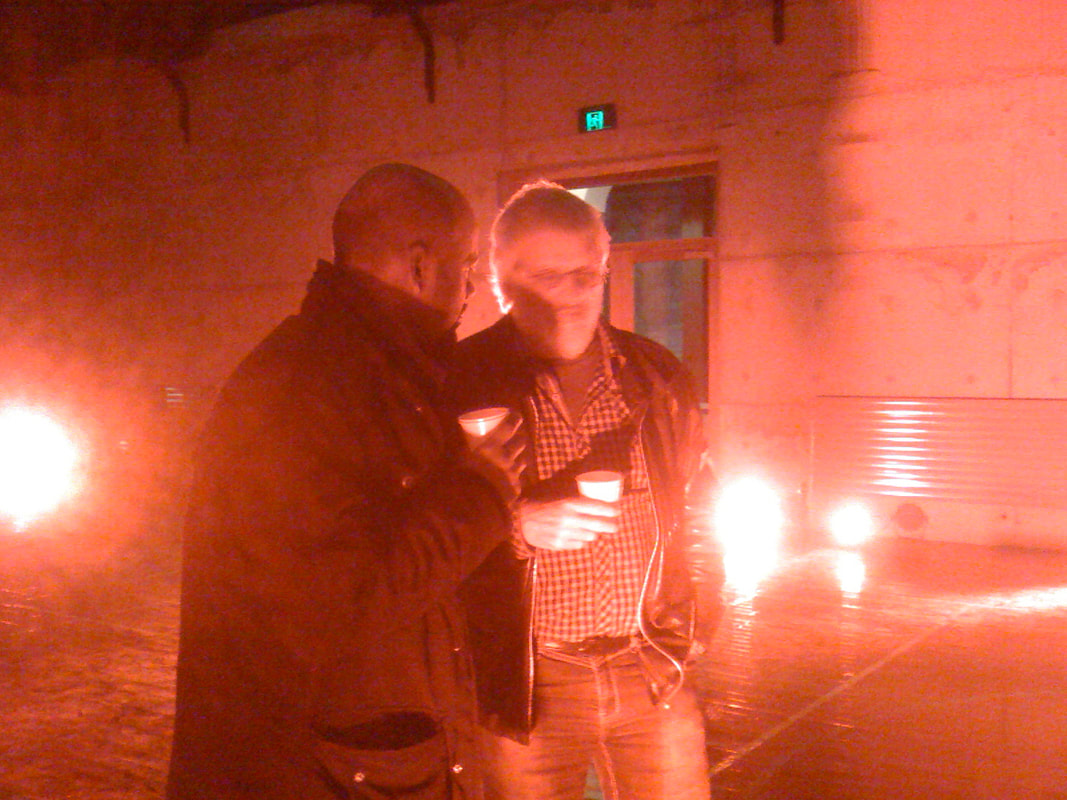
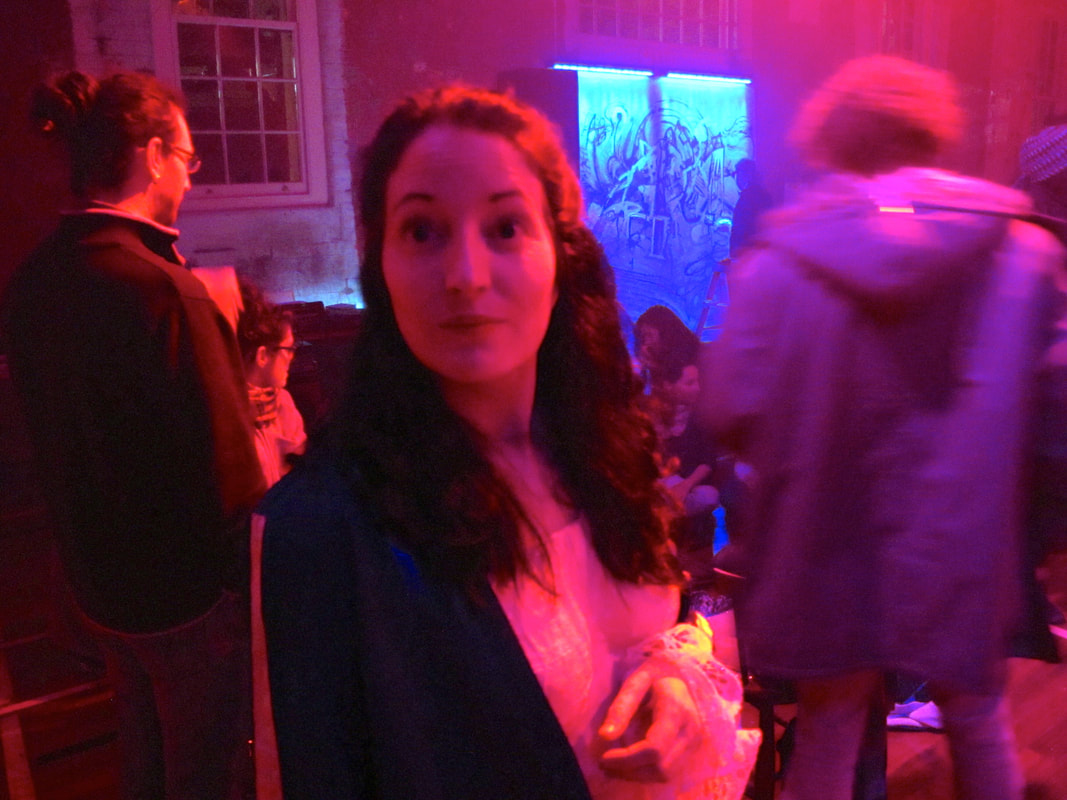
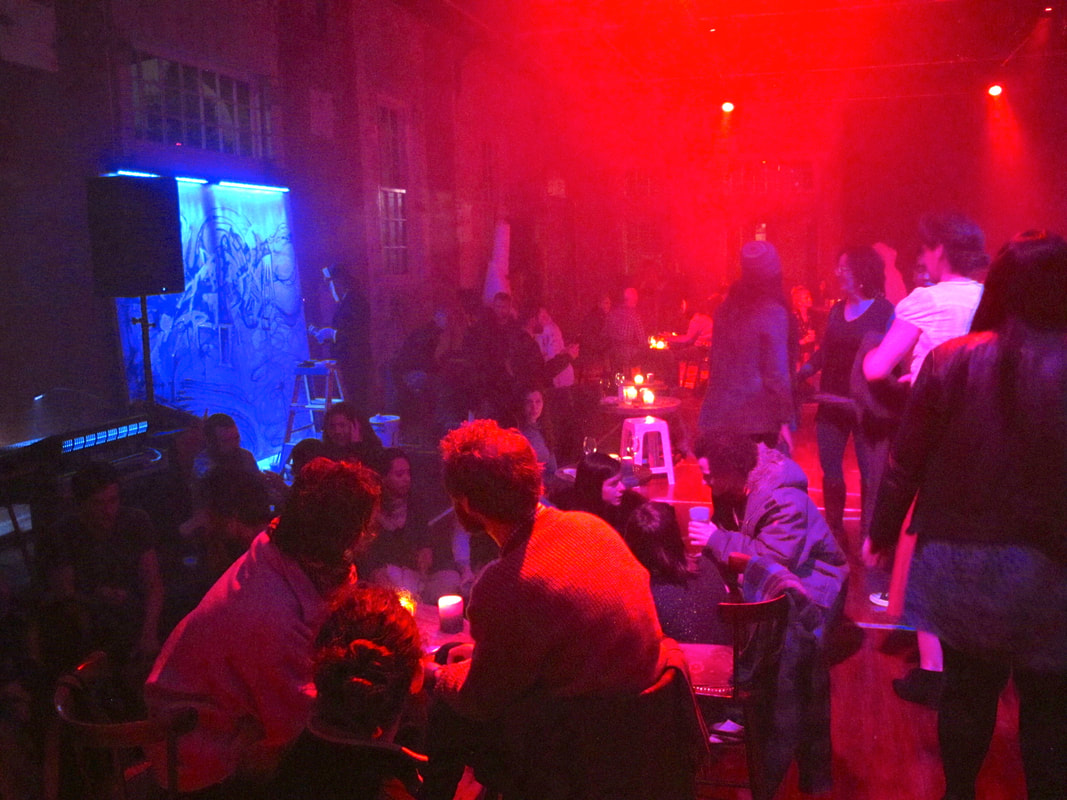
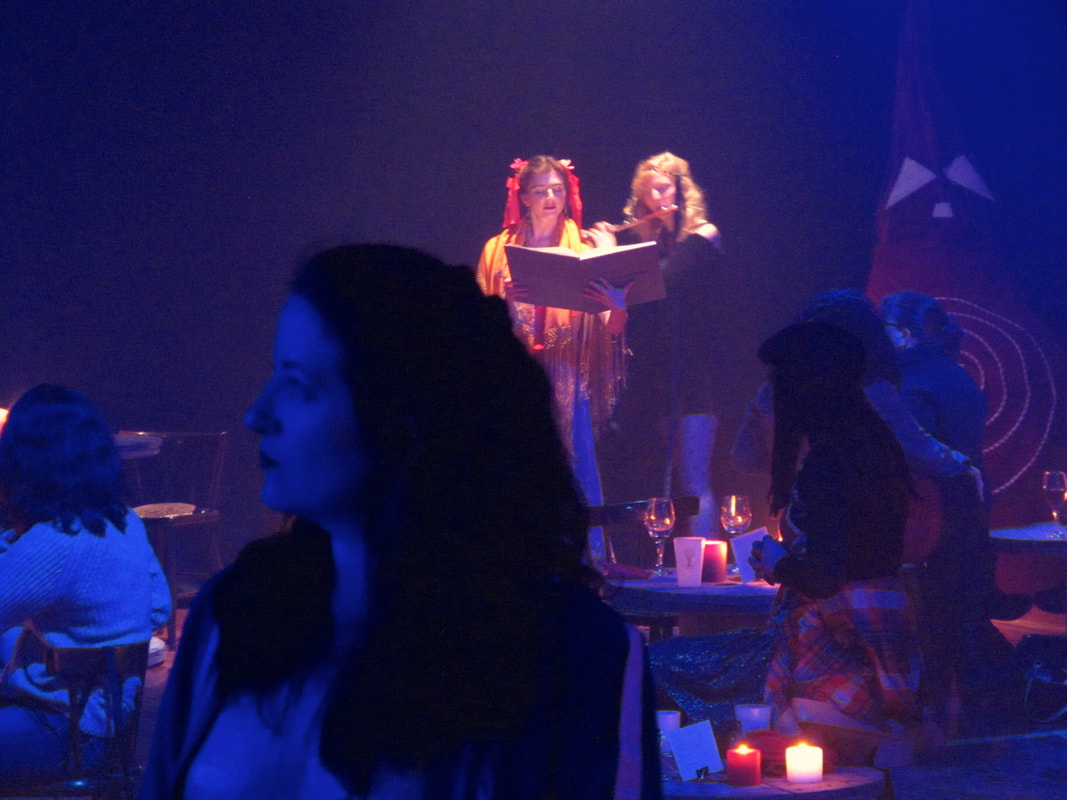
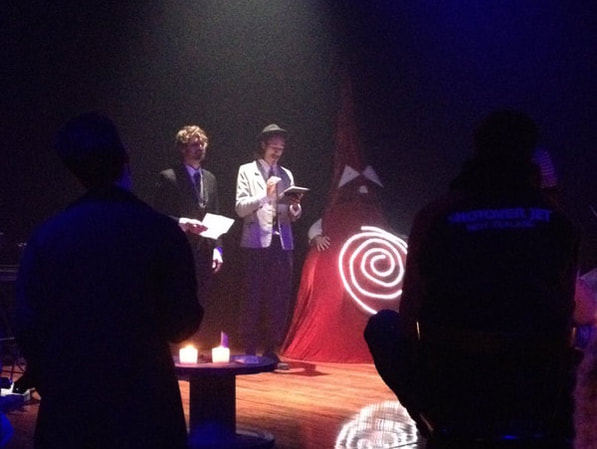
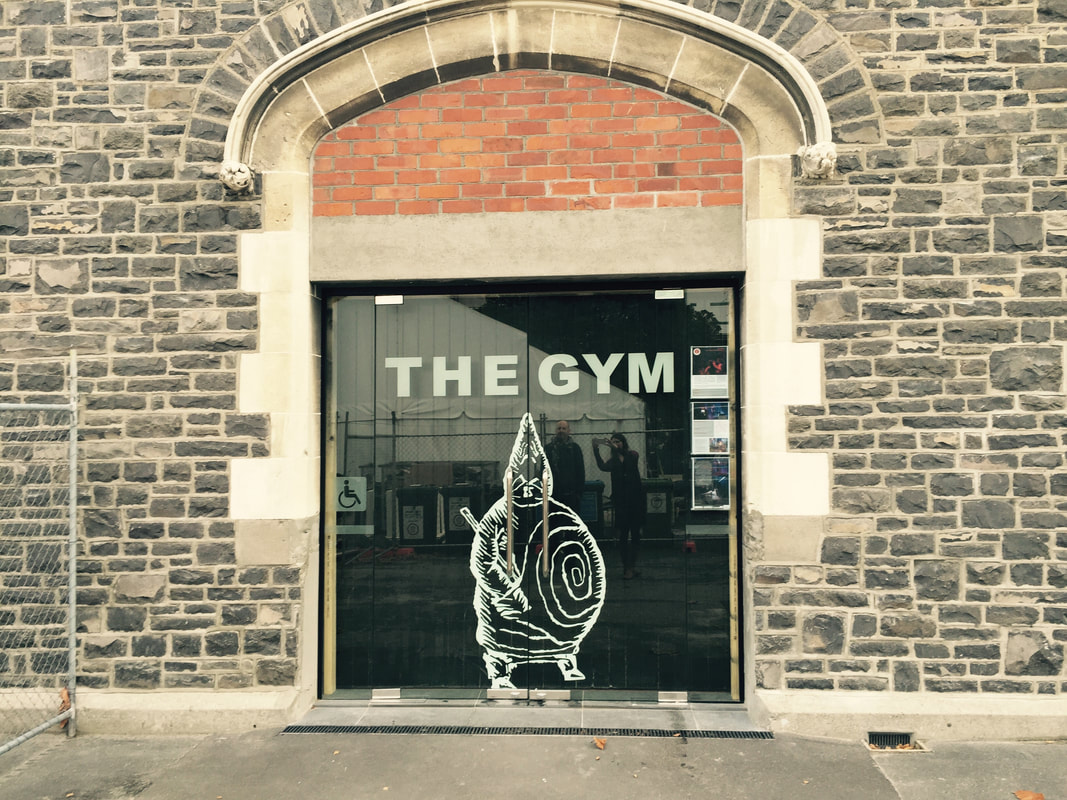
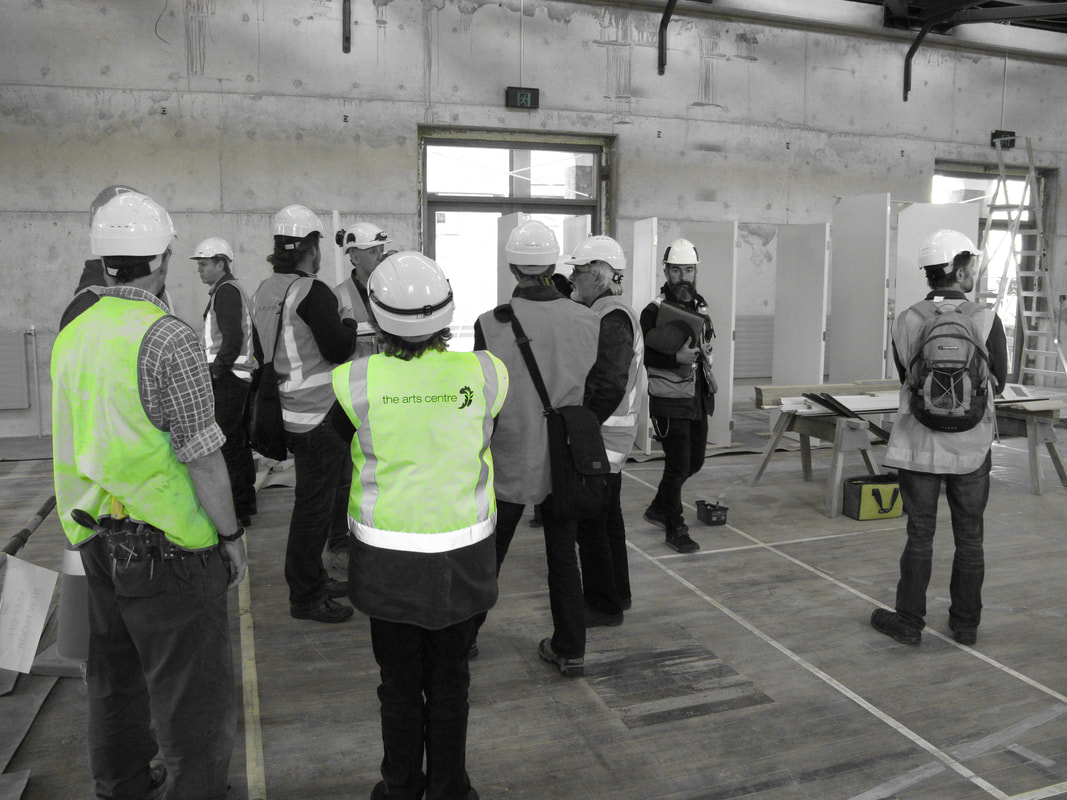
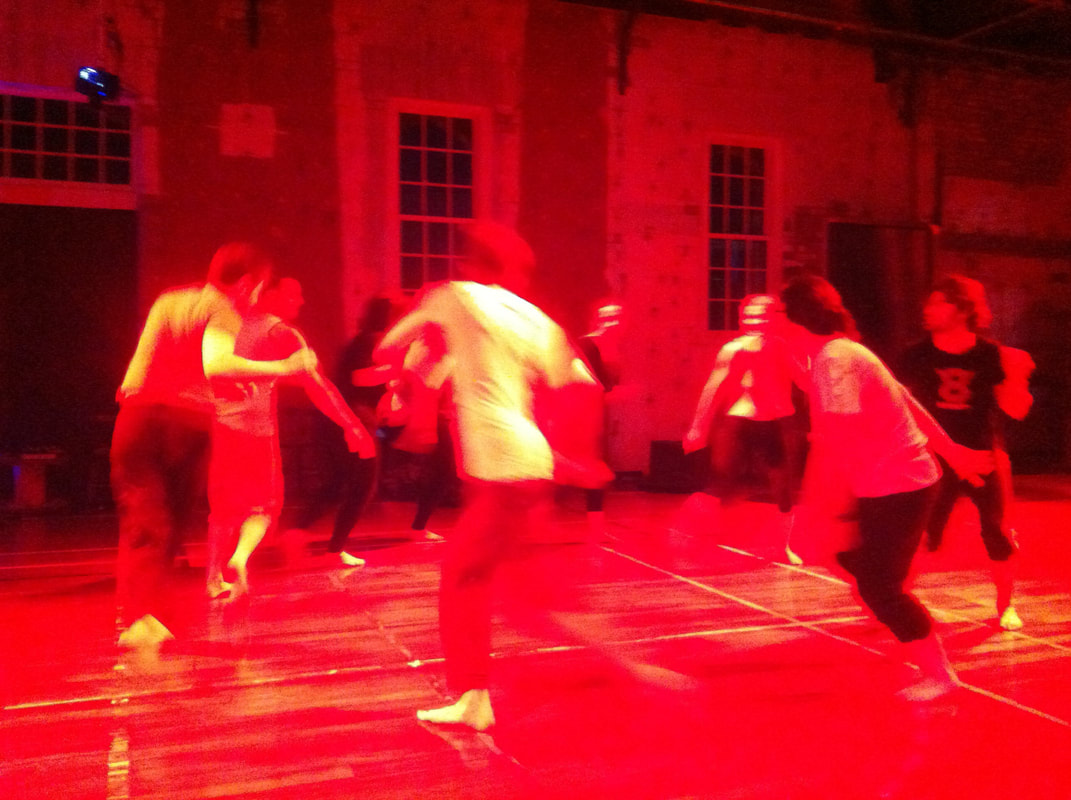
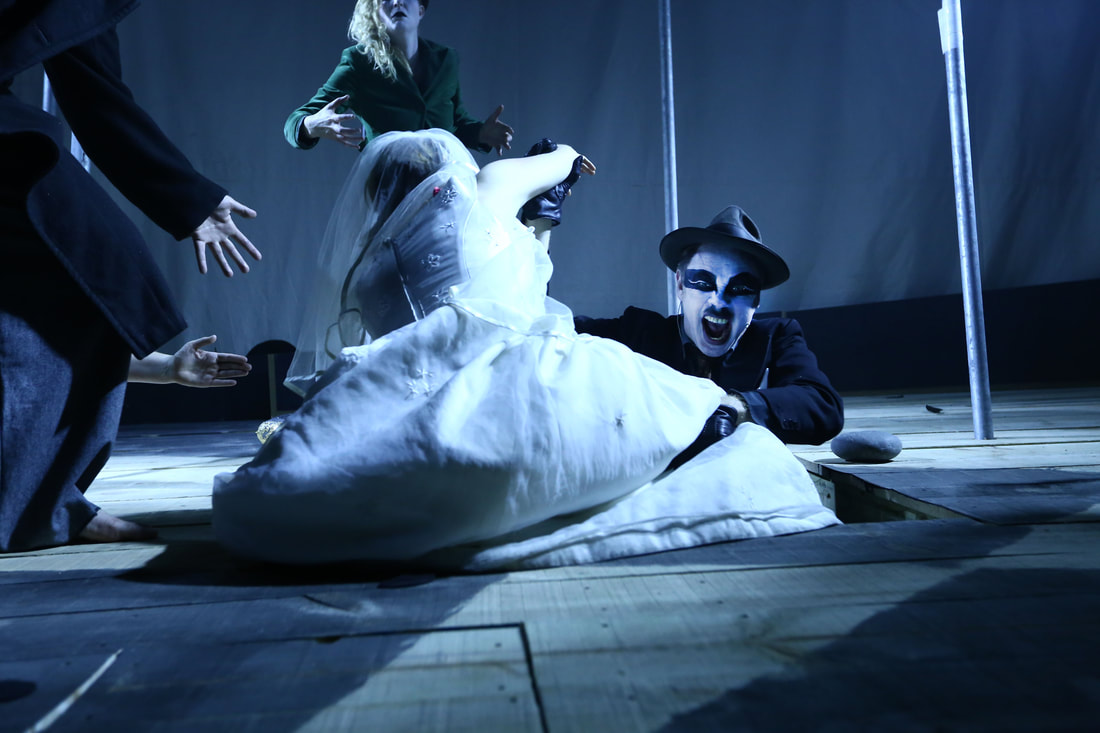
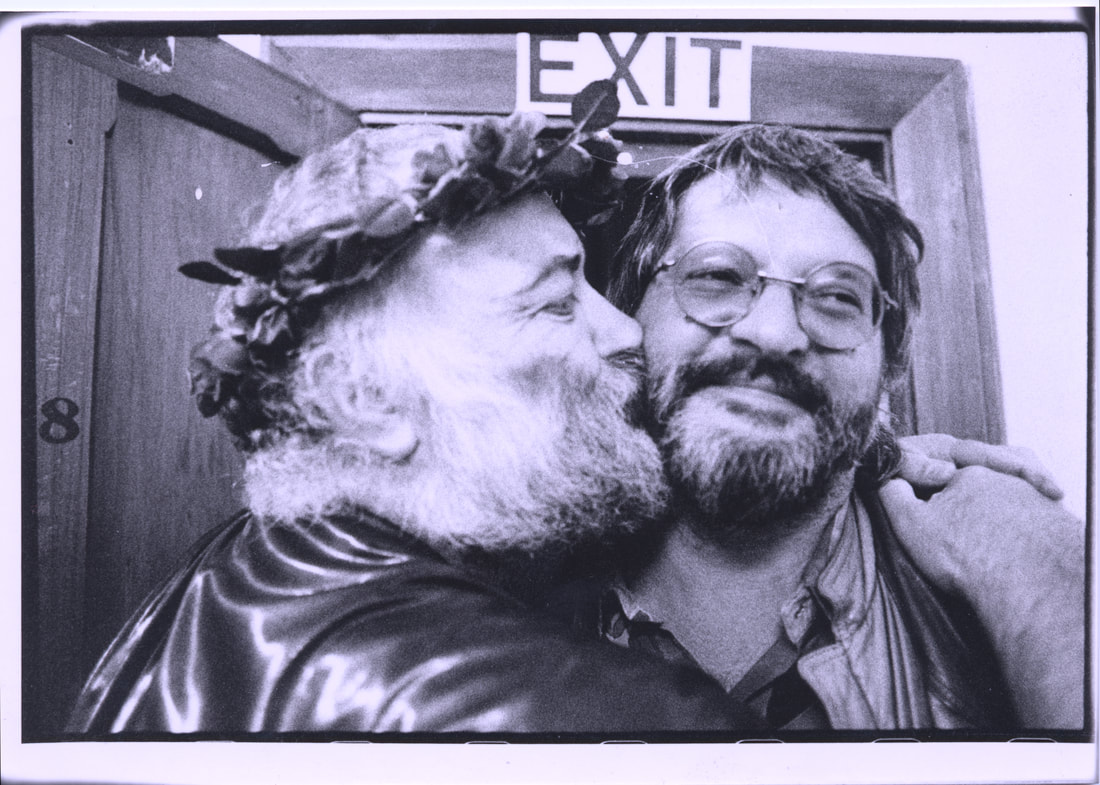
 RSS Feed
RSS Feed

